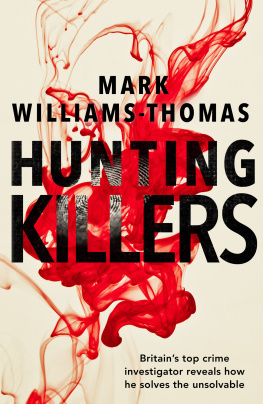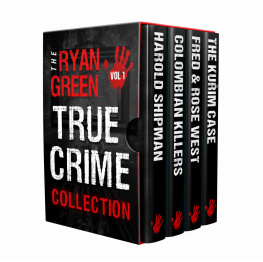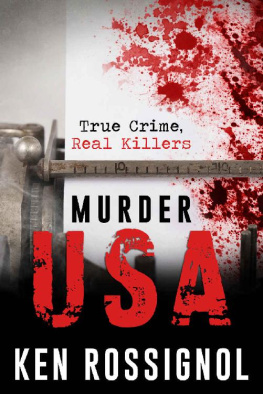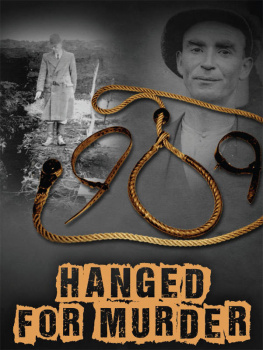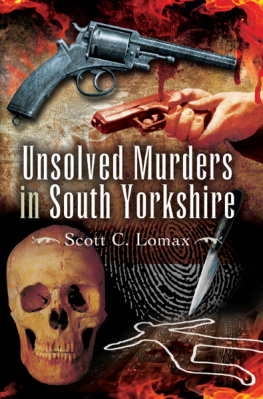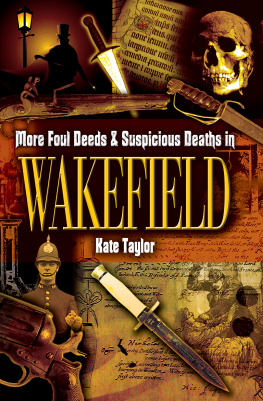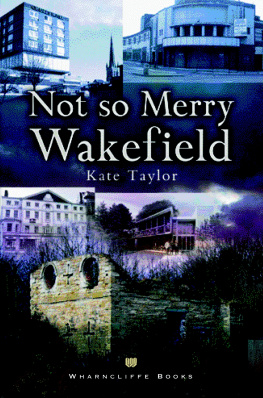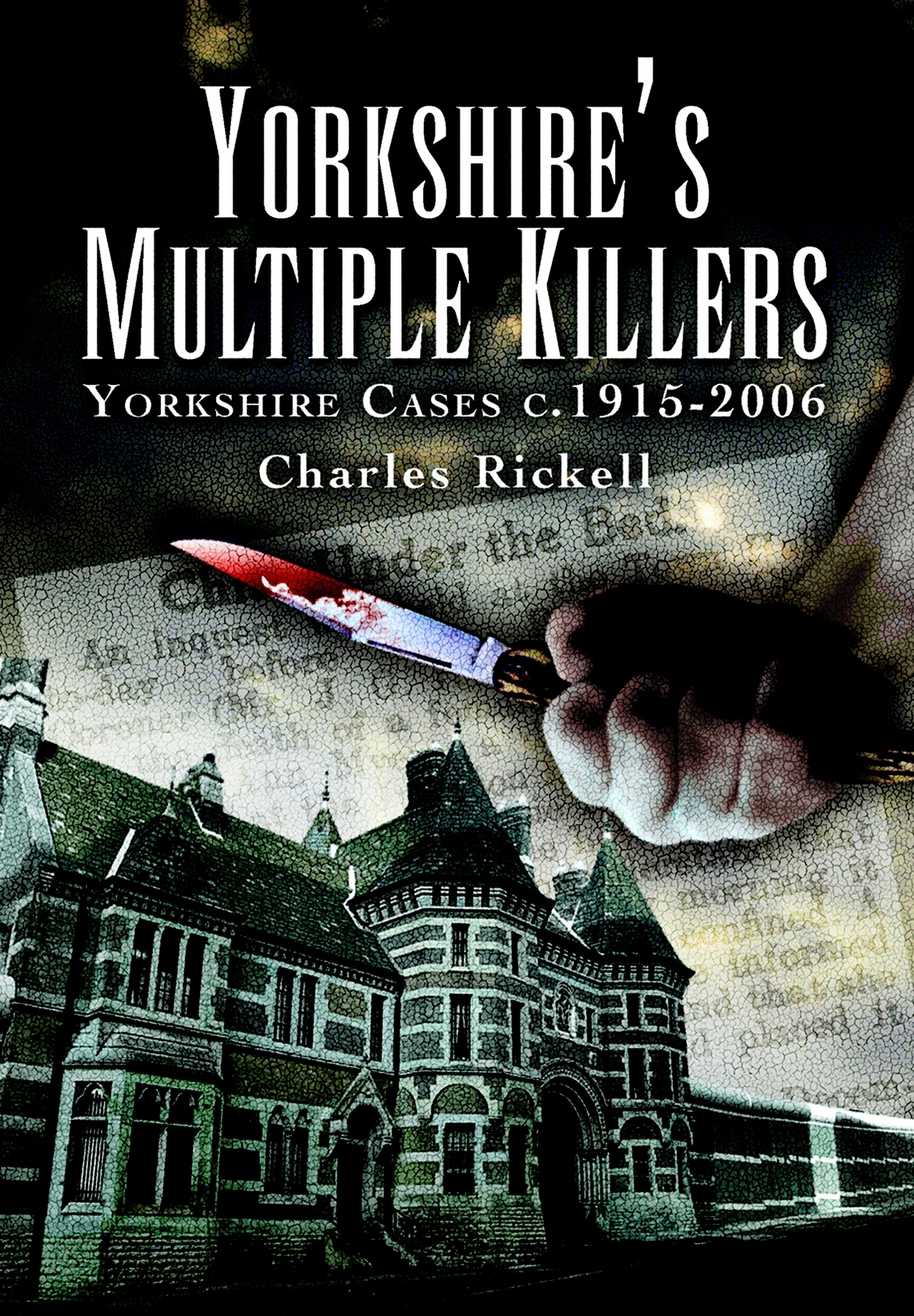W illiam Burkitt killed three of his lovers. A Hull fisherman, he was convicted of manslaughter for killing his female married lover in 1915, but released from prison in 1923. Within a year, he brutally killed his second partner. Both crimes took place when he was under the influence of drink. After a further period of incarceration Burkitt killed yet again, in 1939 and was, despite a subsequent appeal, locked up for the rest of his natural life.
1. Hull 1915
I have done Polly in
At quarter to nine on the evening of Saturday, 28 August 1915, William Burkitt went to his mothers house in Worcester Terrace, Gillett Street, Hull. He told her that he had done it. She asked him what he had done and he replied: I have done Polly in. She asked him why and he told her: She wont tantalize anyone else. He then said to his mother: Come with me and I will show you.
Mary Ann Burkitt then accompanied her son to Derwent Avenue, Hull where Polly lived. When they got there Burkitt took a key out of his pocket and opened the door. He lit the gas light and pointed to a corner of the living room. When his mother looked she saw Polly laying in a pool of blood. She left the house and then Burkitt left, locking the door again.
Shortly afterwards, Burkitt saw Pollys young daughter, Flora Tyler and asked where her brother George was. She said he was at the pictures so he told her to fetch him. Flora asked Burkitt where her mother was and he replied that he would tell her when she brought her brother.
Burkitt returned to his mothers house and spoke to his brother, Harold. He told him he had killed Polly and handed him a badly bent knife which had blood on it. He then took his belt off and gave it and a halfpenny to his brother as keepsakes. He then repeated: I have done Polly in, to which his brother responded: Is it true? Burkitt held out his hand and Harold saw blood on his wrist. He again left the house and Harold soon followed when he heard a cry in the street. It had come from Flora Tyler. Burkitt had met her in the street and given her the key, saying that her mother was dead. He told her to find a policeman and tell him to take her home.
Flora found Police Constable Marshall who went with her to the house. There he found Polly dead. He alerted the police station and a murder inquiry was launched. Later that night, he arrested Burkitt in Dock Road, Hull. When he told Burkitt that he was arresting him on suspicion of murder the latter said: Lets be going. On the way to the police station Burkitt said to PC Marshall: She has brought me down to this.
William Burkitt, a twenty-nine-year-old fisherman, was charged with the murder of Polly Tyler (whose real first-name was Mary Jane), aged thirty-two. She had been separated from her husband for twelve years and had been living with a man named Harding, who was also a fisherman. When Harding was at sea Burkitt would live with her if he was ashore. Her husband also used to visit her.
A post-mortem found that Tyler had been stabbed three or four times. A wound in her neck had severed her jugular vein. It was that wound that had killed her.
The case was heard on Tuesday, 23 November 1915, at the North and East Riding Assizes held at York Castle. Justice Atkin was the trial judge. Mr H S Cautley MP, and Mr L H Stanger acted for the prosecution. Burkitt was defended by Mr Rowan Hamilton.
Mr Cautley outlined the events leading to Pollys death. Early in August 1915, Burkitt had been fishing on a Scarborough-based boat. By mid-August, he was back ashore and returned to stay with Polly, in Hull. They lived together on good terms until 26 August. On that day they had argued over a photograph taken in Scarborough showing Burkitt with his arm around another woman. Polly had grabbed the picture and tore it up. The row got worse and Burkitt had threaten to blind her or do for her. Worried, she left the house that night and stopped with a woman friend. The row continued the next day but they still went to the pictures. On the Saturday, Burkitt had been drinking and went to Pollys. The argument flared again and Burkitt stabbed Polly.
Pollys sister, Kate Elizabeth Witty of Saltburn Street, Hull gave evidence relating to Pollys life and background. When asked by Mr Rowan Hamilton if she knew Burkitt she said that she did not, nor did she know that Polly knew him.
Elizabeth Houghton of Malborough Avenue, Westbourne Street, Hull, told the court that she had known Polly as Mrs Harding and had known Burkitt for three years. She knew that he stopped with Polly when Mr Harding was at sea. On Thursday, 26 August, a woman in Scarborough was mentioned and Polly had taken a photograph out of Burkitts pocket; and she asked who the woman was. Burkitt said that it was someone he knew in Scarborough. Polly had then started arguing, using strong language. She got up and hit Burkitt then told him to go back to the woman as he did not want her. He refused to go saying: You have got my money and I am going to stay. She carried on the argument even though Burkitt had threatened to blind her if she kept on. As the row developed further he threatened to do for her and the lodger when he returned. They had some drinks and the row flared up yet again. Polly said that she dare not stop in the house that night so she stayed with her (Elizabeth) that night. Polly returned home the next day and Elizabeth called at her home. In the evening, Polly asked Elizabeth if her daughter would accompany her to the chemists as she wanted to get some ointment to deal with spots on her face that Burkitt had complained about. Burkitt went with them to the chemists. When they returned they argued again but then they went to the pictures. On the Saturday, Burkitt went to Elizabeths and asked her if Polly was there. She told him that she was at her own home with friends but she would go and tell Polly that Burkitt was at her home. When she told Polly that Burkitt was at her home Polly said she would not go to see him. Elizabeth returned home and told Burkitt and he said he would go to Pollys. That was the last that she saw of either of them.


